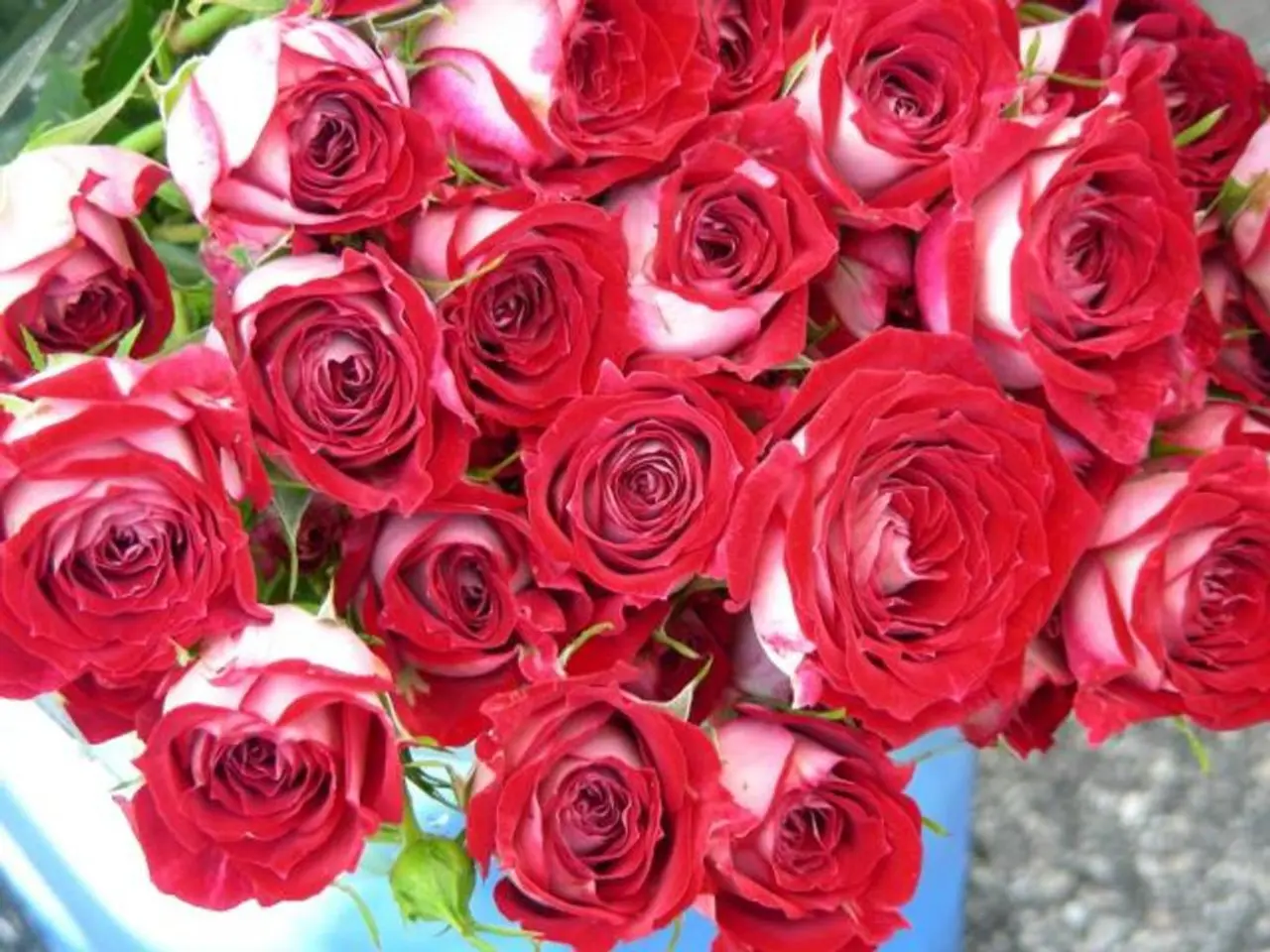Top 7 Flowering Accompaniments for Your Rose Bushes
Rose gardens can be a breathtaking sight, but maintaining their health and beauty requires careful attention. One effective strategy is companion planting, a method that involves growing certain plants together to deter pests, improve soil, and enhance the overall aesthetic appeal of the garden. Here are the top 7 best companion plants for roses, each offering unique benefits to create a thriving, resilient rose garden.
1. Lavender
With its soothing fragrance, lavender complements rose blooms beautifully. It repels common rose pests like aphids, improves soil drainage, and attracts pollinators, making it an ideal companion for roses.
2. Dianthus
Dianthus, with its pale pink or vibrant hues, adds charm and complements rose colors and textures. It also deters pests, thrives in similar well-drained soil conditions as roses, and helps fill in spaces.
3. Catmint (Nepeta)
Catmint is a versatile and hardy companion plant with soft, gray-green foliage that pairs well with roses. It attracts beneficial insects like bees and butterflies, improves soil structure, and repels pests.
4. Agastache
Agastache enhances air circulation, preventing diseases like powdery mildew, and attracts beneficial pollinators like bees and butterflies. It also provides architectural interest with tall spiky blooms through late summer.
5. Lady’s Mantle (Alchemilla)
Lady’s Mantle acts as a living mulch, suppressing weeds, and providing ground cover that keeps roots cool. It harmonizes aesthetically with roses and helps reduce moisture retention on rose foliage, limiting the spread of fungal diseases.
6. Helichrysum
Helichrysum is a filler plant with attractive silver foliage that adds texture around roses and may help with pest control.
7. Zinnias
Zinnias provide colorful blooms that attract pollinators, complement rose aesthetics, and add summer-season interest.
Choosing companions with similar soil and sun requirements as roses is essential to avoid competition or poor growing conditions. Well-drained soil and full sun exposure are key to maintaining both healthy roses and their companions.
In summary, these companion plants support rose gardens by improving plant health, pest resistance, pollination, soil conditions, and visual appeal. This integrated approach helps create vibrant, resilient rose gardens that flourish year after year.
For example, hardy geraniums are great rose companions due to their disease resistance and ability to fill gaps in a rose bed. They bloom from late spring to early fall, ensuring that the garden stays colorful for an extended period. To prepare for winter, cut back the foliage of hardy geraniums after the first frost and mulch around the base of the plant to insulate the roots from freezing temperatures.
Catmint, with its feathery purple or blue-gray flowers, is another excellent choice. It is a magnet for beneficial insects like bees and butterflies, making your garden always buzzing with activity. It is versatile and hardy, thriving in a range of soil types but not in waterlogged conditions.
Artemisia, a silver-leafed plant, can thrive in poor soil conditions and acts as a fantastic companion plant due to its ability to improve soil structure and repel pests. However, it is very adaptable to poor or sandy soils but avoids heavy or clay-like soils that retain too much water, as this plant is highly susceptible to root rot.
While not specifically mentioned in the provided text, culinary herbs can also be good companions for roses. However, the benefits of specific herbs were not detailed.
In conclusion, companion planting is a strategy that can significantly improve the health and beauty of your rose garden. By choosing the right companions, you can create a thriving, resilient rose garden that is not only visually appealing but also rich in biodiversity and pest-resistant.
- Combining lavender, dianthus, catmint (Nepeta), agastache, lady's mantle (Alchemilla), helichrysum, zinnias, and even hardy geraniums around roses can create a lifestyle, blending home-and-garden aesthetics with gardening techniques, enabling these flowers to deter pests, improve soil, and enhance visual appeal.
- Choosing plants with similar growing requirements as roses, such as catmint, hardy geraniums, and artemisia, is essential for avoiding competition or poor growing conditions, ensuring that your home-and-garden remains a thriving, resilient rose garden that is both enjoyable and beneficial.




